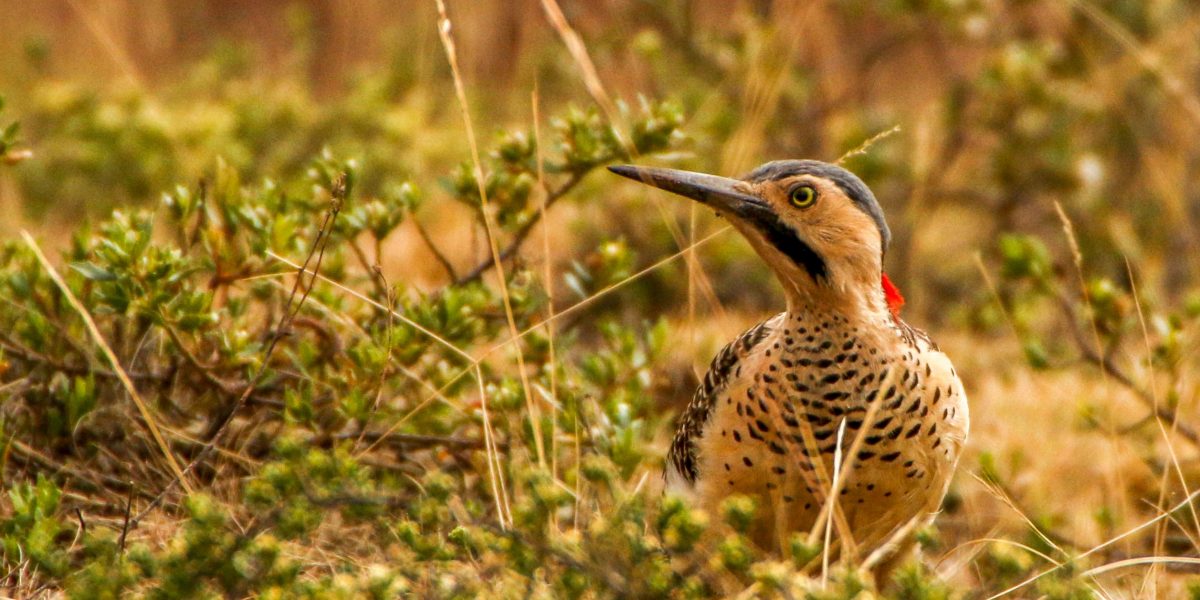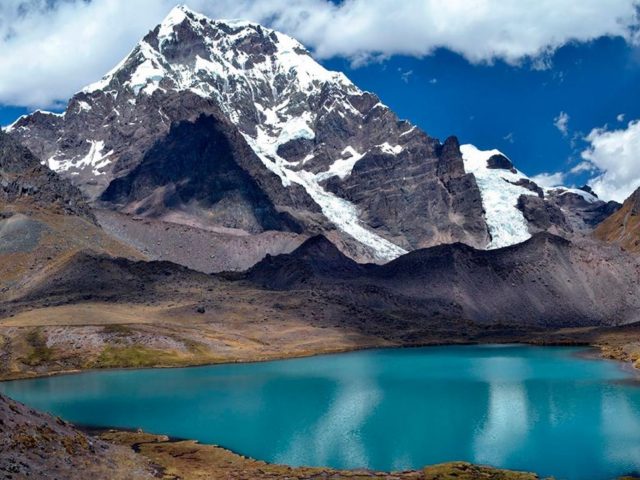Peru is internationally known for having one of the 7 wonders of the modern world such as Machu Picchu; for having one of the best gastronomies on the planet; or for having spectacular treks such as the Inca Trail or the one that leads to the Inca city of Choquequirao.
What not many will know outside its borders is that Peru is one of the best places for birdwatching, with 1,857 different species, making it the country with the second largest number of birds in the world.
That is why the Center for Ornithology and Biodiversity (Corbidi), a non-profit scientific institution made up of the most outstanding national and international ornithologists, is organizing the Global Big Day (GBD) on May 5th.
In the two previous editions of the Global Big Day -2015 and 2016- Peru achieved the record in sightings with 1,183 and 1,246 bird species recorded, respectively. In 2017, it lost this title to Colombia, which established itself as the winner.
Peru will thus seek to become for the third time in the history of the championship the country with the most bird species sightings in the world, reported Promperu.
According to Cordibi, the Global Big Day (GBD) was created with the aim of promoting bird watching worldwide for a full day. More than 144 countries participate in this bird watching day, each participating country must collectively identify the largest number of birds.
In this regard, the Minister of Foreign Trade and Tourism, Roger Valencia, told Agencia Andina that the GBD seeks that people -foreigners and nationals- know the natural and tourist wealth of our country in order to preserve and massify it.
“The purpose is to form citizens who know and share so that more people join the objective of preserving species. Through Global Big Day we are able to bring together experts and naturalists with amateurs and share experiences,” he said.
30 of the 76 Natural Protected Areas will be the setting for the GBD, highlighting the Paracas National Reserve, the national parks of Tambopata, Rio Aviseo, Cerros de Amotape, Manu, Tingo Maria, Pacaya Samiria, or the historic sanctuaries of Machu Picchu, Bosque de Pomac, among others.
The hope for 2018 is that the country will once again be crowned as a bird watching paradise. According to the Holdrige classification, Peru has 84 of the 117 life zones registered on earth, with the highest number of endemic species in the world (106).







